The Best Deals on Camping, Backpacking and Outdoor Gear [May 2025]
Not all day packs are created equal. But some daypacks are so similar to their competitors that when it comes time to purchase a new one, you’re not really sure what the heck to get or whether it even matters. So we’re going to break down the fit and features of two fantastic daypacks: The Gregory Zulu 30 (the women’s specific pack is called the Jade 28) and the Osprey Stratos 34 (the women’s-specific pack is called the Sirrus), and in the process, hopefully help you figure out which one is right for you.
Gregory Zulu vs Osprey Stratos
First off, both of these packs are from well established brands with a long history of producing baller products and, what’s more, both care about sustainability. But more on that later.
They’re both on the large side for daypacks at 30+ liters, making them more suitable for hours-long excursions with lots of gear or trips to the crag with all your climbing equipment as opposed to a quick hike to a lookout. But let’s break down the similarities and differences.
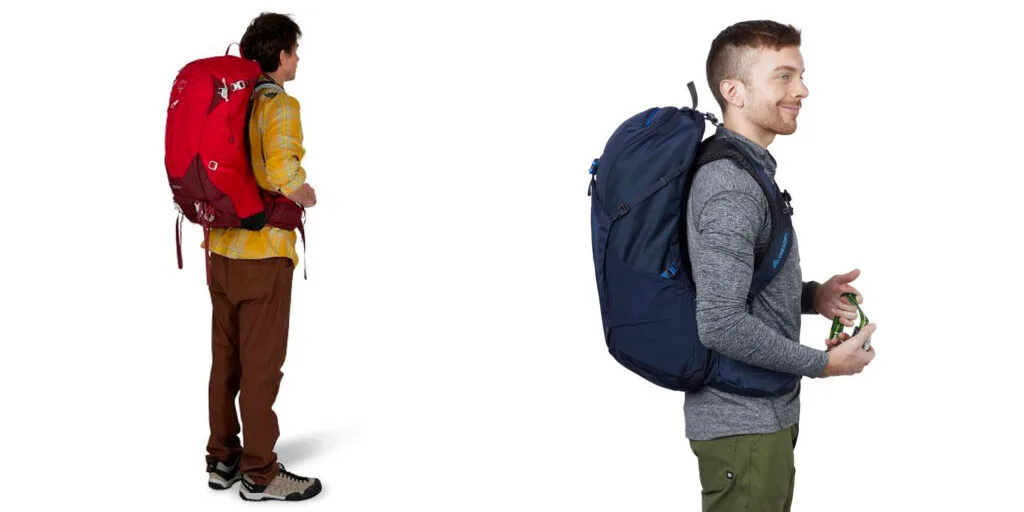
Osprey Stratos 34 Deets
- Size: 34 liters
- Weight: 3.15 lbs
- Carry Capacity: 15-30 lbs
- Sizes: One size
- Colors: 4
- Men’s and women’s: Yes (women’s is called the Sirrus)
- Sustainability: Made of 100% recycled materials, lifetime warranty, Bluesign approved, PFAS-free DWR
- Price: $200
Gregory Zulu 30 Deets
- Size: 30L
- Weight: 3 lbs
- Carry Capacity: Up to 40 lbs
- Sizes: small/medium, medium/large
- Colors: 3
- Men’s and women’s: Yes, women’s is called the Jade 28
- Sustainability: Features 40% recycled materials, advertises a 26% reduced carbon footprint, PFC-free DWR
- Price: $170
Back Panel
Winner: Osprey
Both packs feature mesh back panels for supreme breathability. Which is a feature I love in a pack. No one likes having a back soaked with sweat when they get back to the trailhead. Mesh helps keep air flowing and your back cool.
But if we had to pick which one is the most breathable, the point here goes to Osprey. The panel is open on the sides allowing more air to flow through. The Gregory is sewn down on the sides, so that’s gonna block a little breeze.
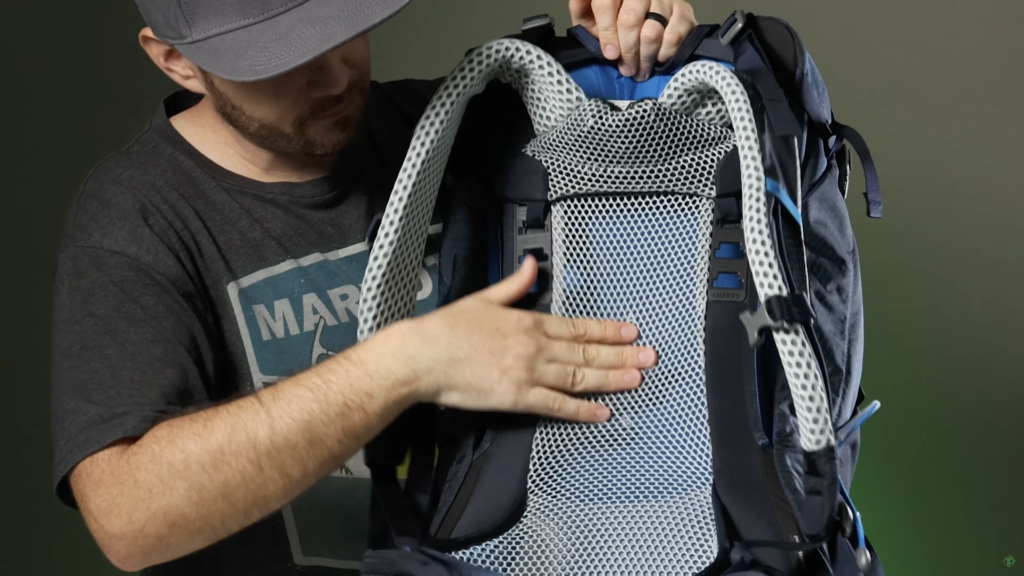
Shoulder Straps + Yoke
Winner: Osprey
Let’s talk shoulder straps. Both packs feature die-cut foam in the straps for breathability, both are very comfortable under a heavy load, but again, the Osprey stands out a little here for a few reasons.
First, the straps are a little thicker and feel a bit more rounded. It just feels a smidge nicer when you’re carrying a heavy pack. The other thing that helps with that is the new yoke design, which means no matter where you set the torso length adjustment, this thing is gonna hug your back like a dream.
Speaking of which, the Zulu’s torso adjustment uses velcro, so you have to slide your hand in there and push the panel apart to slide the yoke up and down. Generally speaking I’m not a huge fan of velcro adjustments. They’re annoying to use.
That said, if you’re the only one using this pack, it’s really not that big of a deal since you’ll realistically only be adjusting it once when you first get it. If you’re sharing this pack with say, a significant other that’s not the same height, the quick adjustability of the Stratos might be more your speed. It uses an injection molded ladder system that’s really easy to use and stays put once you’ve made your adjustment.
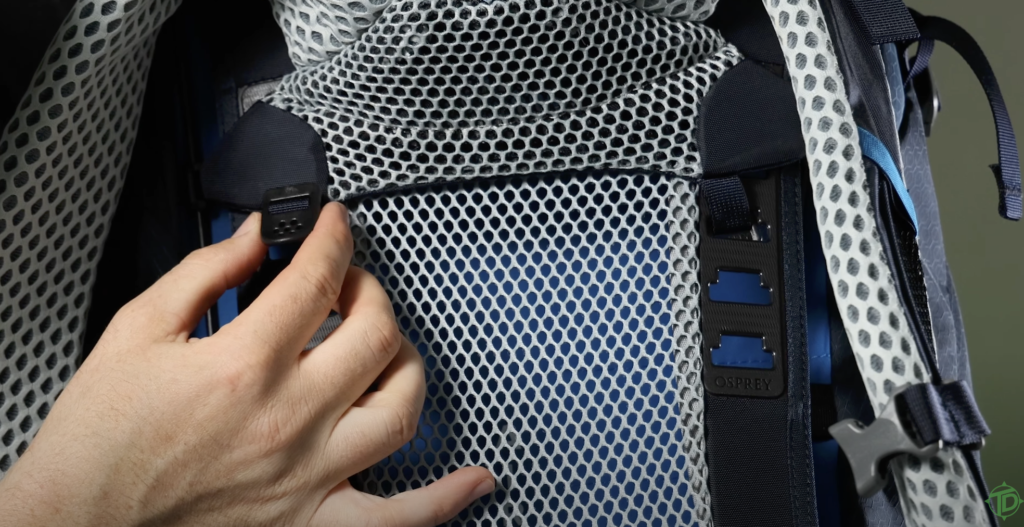
Hip Belts
Winner: Gregory
Both packs have wrap-around hip belts with pockets. But I found the hip belt on the Zulu to be a little more comfortable. It wraps around more, the padding feels a little more substantial, and the patented FreeFloat design of the hip belt does seem to lend a touch more flexibility when you’re hiking, making it a bit more comfortable.
And a larger hipbelt in this case also means bigger hip belt pockets. This is especially helpful if you have a larger phone you want to stash in there.
Or snacks. I like lots of snacks.
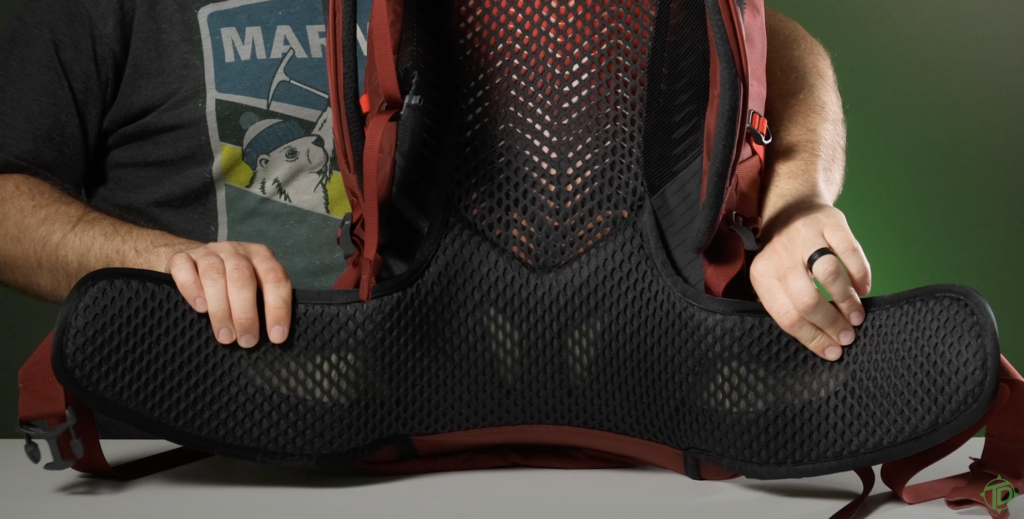
Pockets + Accessories
Winner: Osprey
There are also several pockets on top of both packs, stretch water bottle pockets, adjustable loops for an ice axe or trekking poles, and a water reservoir pocket with hose routing.
Now, it’s important to note about the reservoir sleeve that the clip from which you hang a reservoir in the Gregory is a weird design: it isn’t going to be compatible with every bladder.
For instance, a HydraPak bladder doesn’t quite fit. The clip is mostly designed for Gregory’s own water reservoirs.
To make matters worse–and this one left us scratching our heads–the small opening in the back of the pack for routing that hose is too dang small for the Gregory bladder mouthpiece to fit through. Yeah, Gregory’s bladder, which is what this pack and hanging Hardwear are made for, won’t fit through the routing holes. The only option if you don’t want to just let your hose flop out of the main opening is to use a reservoir with a quick-connect hose.
It seems like a design oversight, the whole reservoir setup, is all I’m saying.
The Osprey doesn’t have any of those issues. Plus it has a few additional features, like trekking pole loops on the front of the pack, a rain cover, and compression straps on the bottom for things like a sleep pad.
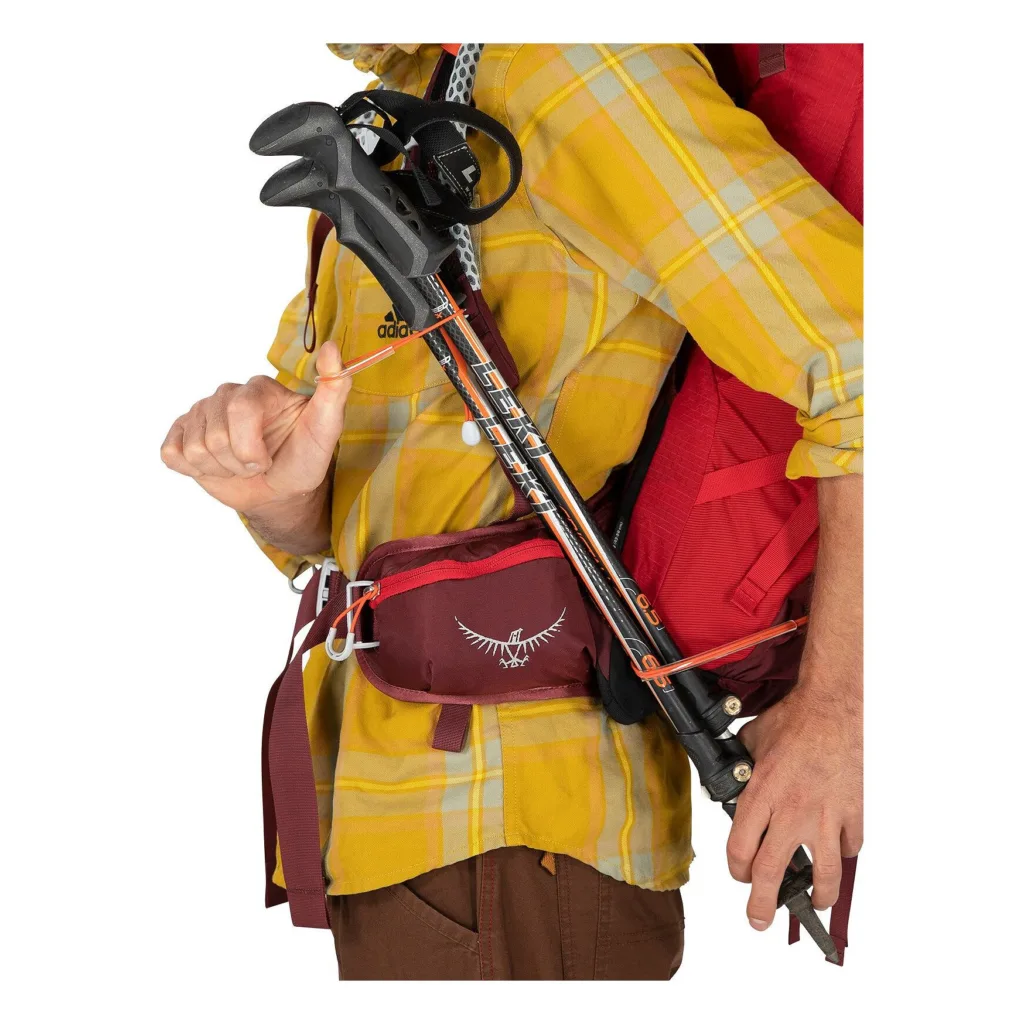
Main Compartments
Winner: Tie
But what about actual packable space and usability? For starters, the bottom compartment of the Osprey features a nice big U-zipper opening and opens much wider than the bottom compartment on the Gregory, though you do have to unclip two compression straps to take full advantage of that.
But while a big opening at the top and bottom are great, I would argue that most people are gonna use these packs for big day hikes, not backpacking, which means a lot of these features might be overkill unless you’re doing trail work or have a lot of climbing gear you’re packing.
But I don’t know how you pack, so we’ll call this one a toss-up.
Price
Winner: Zulu
The Stratos is $200, about $30 more than the Zulu. But if you’re willing to pay the difference for a more sustainable bag, the Stratos is made from 100% recycled materials, which is pretty cool. The Zulu does use some recycled materials and advertises a 26% reduced carbon footprint, but we’re still not sure compared to what: maybe a similar backpack with no sustainable material?
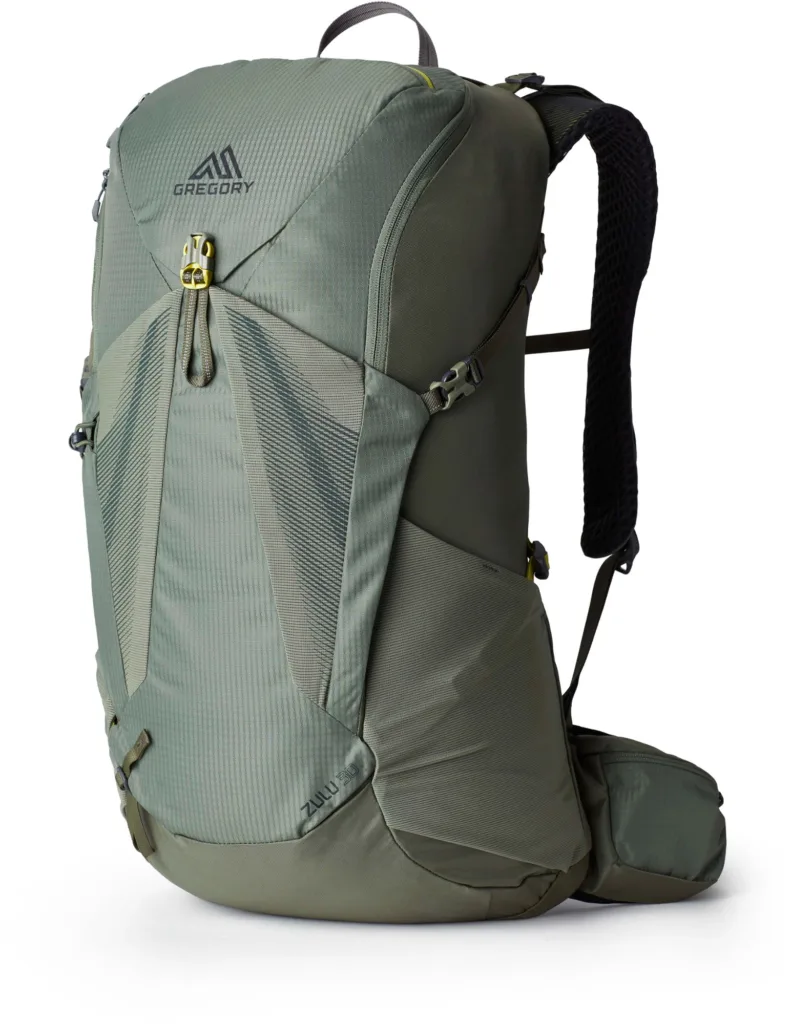
Warranty
Winner: Osprey
It’s hard to beat Osprey’s Almighty Guarantee. This is something that’s really hard for other brands to compete with. Osprey will repair any product for any reason for free, forever.
Gregory does offer a lifetime guarantee, but only against materials and manufacturing defects. If it’s normal wear and tear that needs repaired, you’re going to have to pay for it.
Bottom Line
All that said, if I had to pick my favorite of the two, eh, despite its higher price, I’d choose the Osprey. I mean, it’s got easy adjustability, recycled materials, its comfortable, and yes, it comes with that Almighty Guarantee.
But that’s not to say Gregory isn’t worth a look. It’s still a functional, comfortable bag that’s excellent for extended day hikes. I would even use the Osprey Stratos for a quick overnight backpacking trip. It has all the features of a larger pack in a 34L body.
But as with all gear, it’s important to choose gear that best suits you, your budget, and your adventures. We do these reviews not to name one brand supreme (usually), but to break down what makes gear unique to help you decide what’s going to serve you best for years to come.
So shoulder that pack, get out there, and wander on.
This post contains affiliate links, which means when you clicky-click and “add to cart” we may receive a small commission. But don’t worry; it doesn’t cost you any extra. Win.

